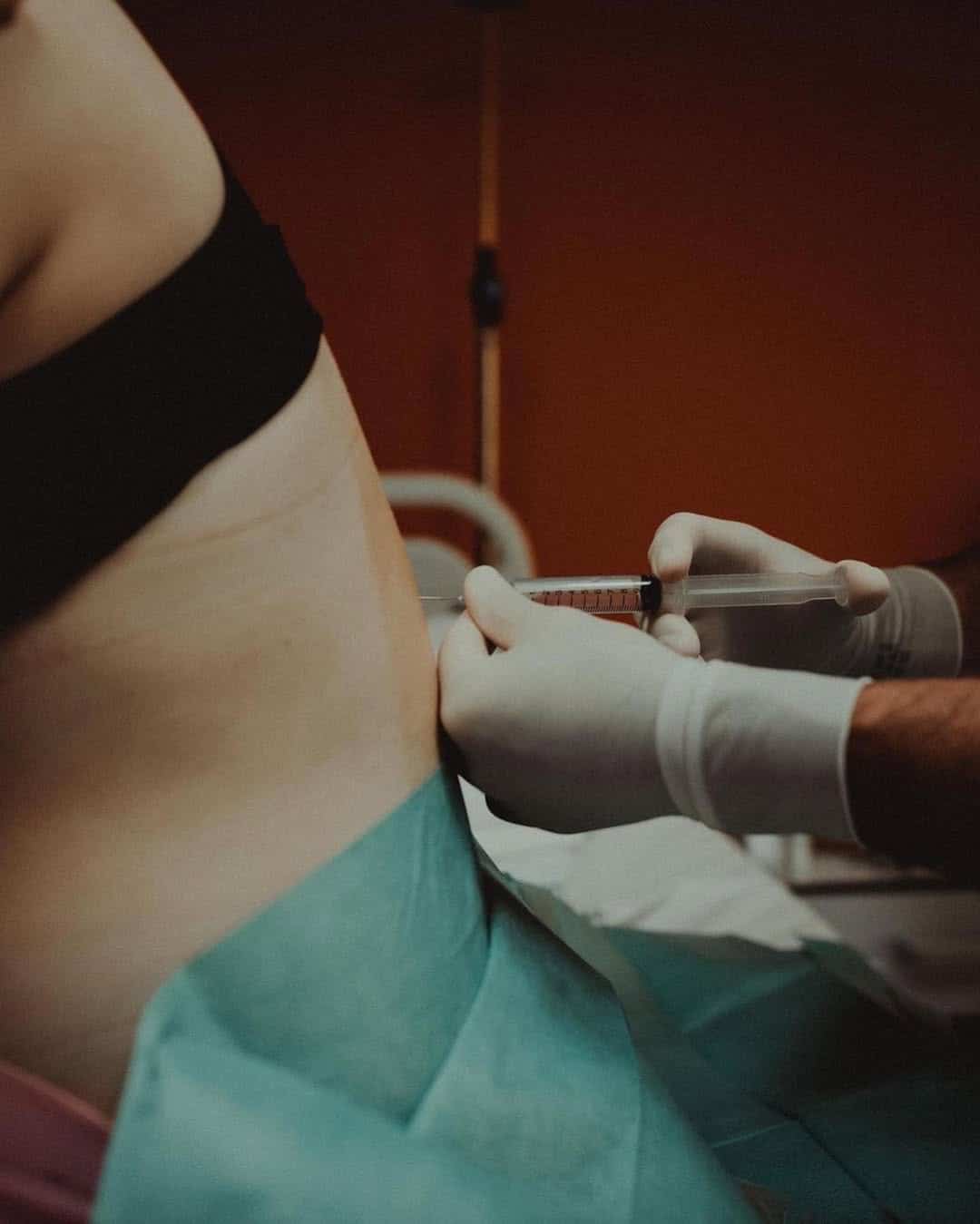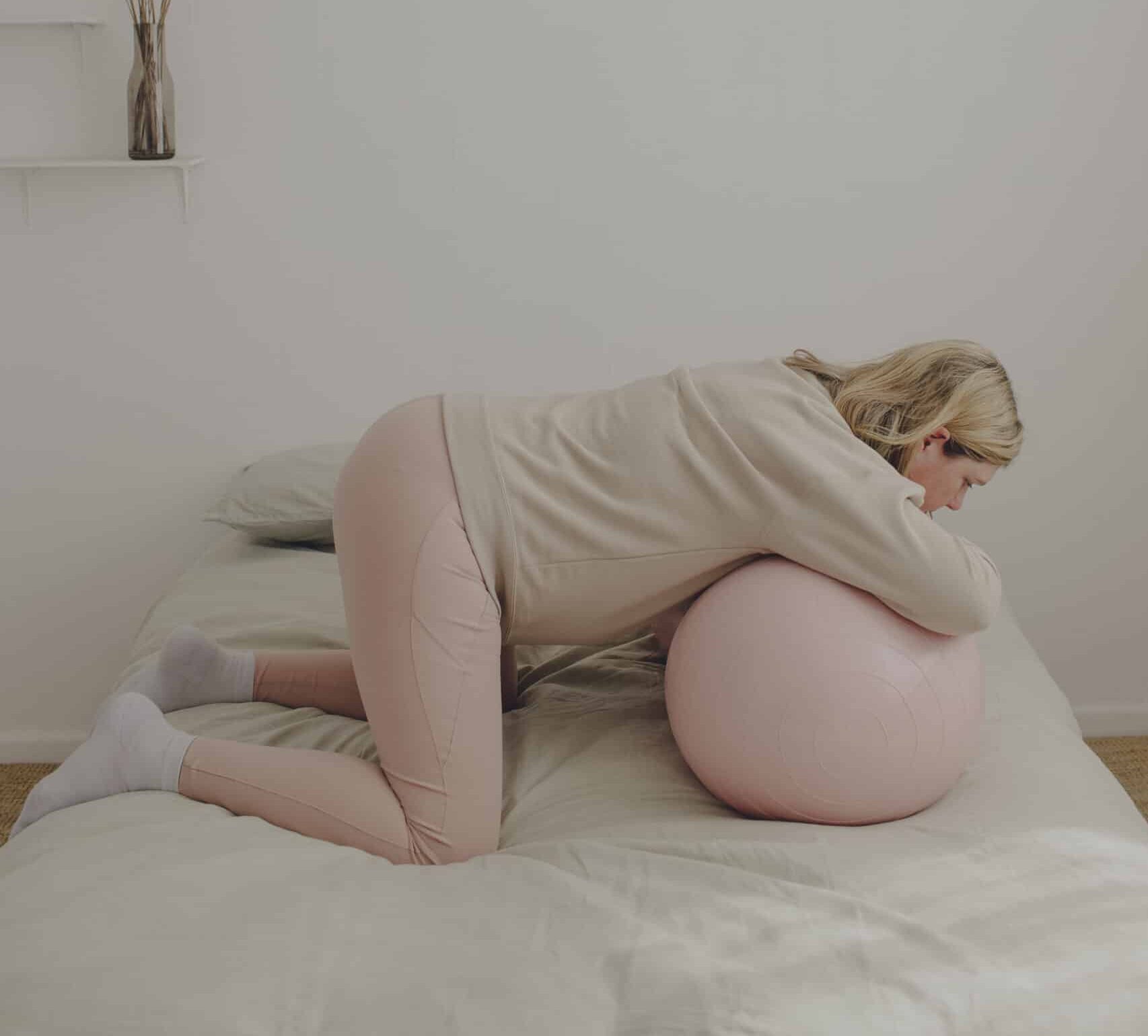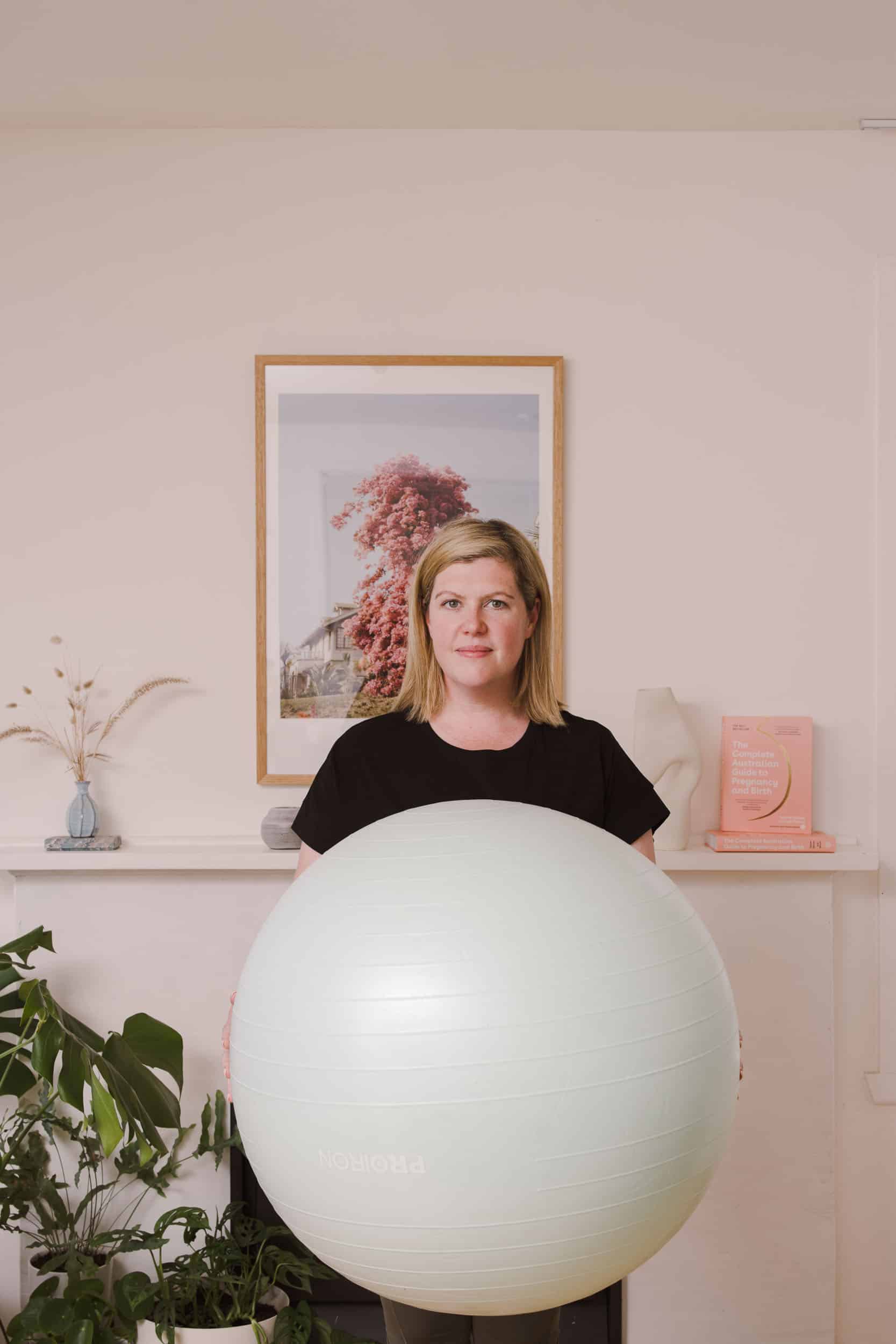Birth Positions for labour and birth
Positions for labour and birth

If your birth education has been limited to movie scenes on the hospital ward, chances are you presume that most women labour on the bed. However, if you’re interested in having a physiological birth (without pain relief or intervention) and you want to work with your body to navigate the intensity of contractions, the advice of almost every birth education, doula and midwife will be simple: don’t get on the bed.
What?! We know, it’s shocking. We won’t give you a quick physics lesson but we will remind you that working with gravity is always a positive in your labour. Remember: your baby is moving down, your contractions are encouraging your baby down, your breath is moving down. If you move down with the energy of the contraction, your body will respond by releasing and opening.
But also, you can use gravity on the bed. In fact, there’s lots of ways you can work with the bed to stay in an active birthing position.
What are my options for positions when I give birth?
This is a great time to remind you that this is your birth; you can be in whatever position you like. However, if you require monitoring or you’re hooked up to an IV drip in an induction (or because you need antibiotics), your positions may be restricted. That said, your midwives should work with you to make sure you can get into a position that feels best for you.
What positions can I use for stage 1 of labour?
Stage 1 of labour includes both early and active labour (before you start birthing your baby). Ideally you want to find a balance between an active position where you’re working with gravity and a resting position where you are completely relaxed.
These may include:
- Sitting and swaying: a birthing ball is a fabulous tool in early and active labour as it allows you to work with gravity, easily move your hips and also lean on the bed (adjust it to the right height) between contractions.
- Walking and swaying: movement helps with the increasing intensity of contractions
- All fours: many birthing women gravitate to this position as it helps to open and move the hips.
- Lying: yes, lying down can be considered an ‘acive’ birth position if you’re on your side and using a peanut ball to help open your hips
- Squatting: generally you would only g into this position if it felt intuitive to do so as it is hard on the legs, but if it feels good, do it. A supported squat can also work, if your support person is behind you, holding some of your weight. You can also come into a squat in a seated position; your knees pulled up towards your chest
Early labour
Early labour is when your contractions are coming and going without much of a pattern. This is your body preparing for the hard work of active labour. Many women move a lot in this phase to ‘encourage’ the contractions to come but then exhaust themselves in the process. Yes, movement and ‘active’ birth positions definitely help but this stage is also about resting your body to conserve energy for active labour.
Resting is really productive because it allows the hormone oxytocin to flow. Oxytocin is like the fuel for your contractions; without it, your labour won’t progress. But when it flows easily and steadily, so too will your contractions come with more consistency (and intensity).
Active labour
This is when your contractions are coming regularly and increasing in intensity. You will rely on the positions that feel best for you and often that means a position where you can move your hips freely. This movement eases the intensity of the contraction which radiates from the uterus. If your baby is posterior (it’s spine is pressed against yours, causing ‘back labour’ where most of the contraction is felt in your back) you’ll want to be in a position that allows your support person to place counter-pressure on your back. All fours is great for this, as is lying on your side.
The key to active labour, especially if you’re opting not to have an epidural, is to rest in the space between contractions. This means that you’re letting all the tension in your body go between contractions, you’re placing all your weight on the bed or the ball or the birthing mat, and completely softening so you can actively rest before the next contraction. Bring your pillow from home so you can have a source of immense comfort when you’re in the hospital and surrounded by unfamiliar smells.
What positions can I use for stage 2 of labour?
Stage 2 is when you start birthing your baby; you’re almost there! You can birth your baby in whatever position feels best for you but remember that you want your pelvis to be able to open and make space so a position that allows open legs, hips and a lower back that’s not constricted is ideal (hence lying on your back isn’t best although will often be necessary if you’ve had an epidural).
Remember that your midwife is there to guide you into a position that feels best for you. But also, trust that you’ll instinctively move into a position that you feel safe and stable in. Sometimes a change of position will be required to create space in your pelvis for your baby to move through the birth canal. Again, this is something your midwife will guide you on.
If you need an assisted birth, where the obstetrician will use forceps or the vacuum to move your baby down, you will need to be on the bed, on your back, with your legs in stirrups (supports). The bed will be slightly elevated so you’re in a sitting position rather than flat on your back.
What might stop me from moving or choosing my own positions?
There are definitely some instances where you will be required to be on the bed, including:
- Monitoring: particularly CTG monitoring which requires you to wear a band around your belly that’s hooked up to a machine. You can definitely stand up near the bed and move around but you may be restricted with how far you can move and you definitely won’t be able to use the shower or bath while wearing it
- Medical Induction: when you’re hooked up to an IV and receiving syntocinon (synthetic oxytocin) to induce labour, your movement will be restricted somewhat. However, there are still lots of options for active birth positions
- Epidural: an epidural relieves pain because it numbs the bottom half of your body. This means that you’ll have no feeling or sensation in your legs so you’ll need to be supported on the bed. If you want to stay in an active position, ask your midwife to roll you on your side and use a peanut ball (a big peanut-shaped ball) to open your hips.
Here’s some more articles we think you’re going to love:

Our best-selling course The Birth Class, includes workbooks, printable plans, meditations and more, including 12 photo examples of birth positions, ideal for visual learners.
Categories
Related Products
-
The Birth Class
108 reviews$249.00The empowering online childbirth education program that will help you confidently prepare for birth.
Get your copy of our Perineal Massage Guide in your inbox
Keep Reading
We think you might enjoy these articles
@AustralianBirthStories
Follow along with us
@AustralianBirthStories
Follow along with us
@AustralianBirthStories
Follow along with us
@AustralianBirthStories
Follow along with us
@AustralianBirthStories
Follow along with us
@AustralianBirthStories
Follow along with us
@AustralianBirthStories
Follow along with us
@AustralianBirthStories
Follow along with us
@AustralianBirthStories
Follow along with us
@AustralianBirthStories
Follow along with us
@AustralianBirthStories
Follow along with us
@AustralianBirthStories
Follow along with us








